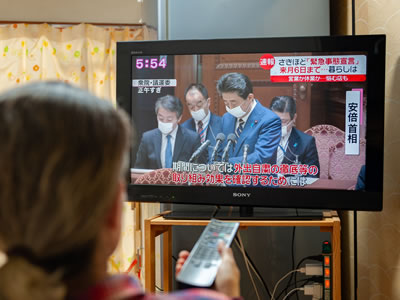Shusaku Kitajima, 8 October 2020
Shusaku Kitajima*

This article examines the legal basis for the restrictions on the daily lives of citizens and business activities in Japan in light of the spread of COVID-19 from the perspective of administrative law. Japanese citizens were restricted from going out and some businesses were asked to cease activities during the period under the declaration of a state of emergency from 7 May to 25 May 2020. The restrictions in Japan were based on the Act on Special Measures for Pandemic Influenza and New Infectious Diseases Preparedness and Response which was enacted in 2012 after Japan’s experience with the novel influenza (A/H1N1) pandemic in 2009. The article examines the mechanisms set out in the Act which are available to governments in Japan to implement pandemic responses. The article argues that the four main measures for restrictions known as requests and instructions are characterized by their non-obligatory or non-compulsive nature. The article argues that these characteristics reflect long-standing approaches in Japanese administrative jurisprudence that are embedded in the Act and thus Japan’s COVID-19 response measures.
_____________
*Professor, Tohoku University, Graduate School of Law, Japan. The origin of this article is an interview I gave with A/Professor Stacey Steele of the Asian Law Centre, Melbourne Law School for the Centre’s COVID-19 Asian Legal Conversations’ website titled, ‘COVID-19 Responses in Japan from an Administrative Law Perspective: Why won’t Pachinko Parlours Close Down?’. I would like to thank A/Professor Steele and Timothy Magarry for their helpful suggestions and comments on the draft of this article. I would also like to thank Christina Pei for her assistance in researching the relevant literature. Please note that this article was written in Melbourne during the second lockdown, and access to the Japanese legal literature was limited.